18 Best Fruits to Grow in Cold Climates
Growing fruits in cold climates can be a challenge, but it is possible with the right varieties. Many fruits are surprisingly hardy and can thrive in regions with long winters and short growing seasons. From apples to berries, several fruits are well-suited to colder temperatures. The key is choosing varieties that can withstand frost and have a proper dormancy period during the winter. These fruits not only provide fresh harvests but also add beauty to your garden. With some planning and care, you can enjoy a productive and colorful fruit garden, even in colder climates.
This post may contain affiliate links, which helps keep this content free. Please read our disclosure for more info.
Apples
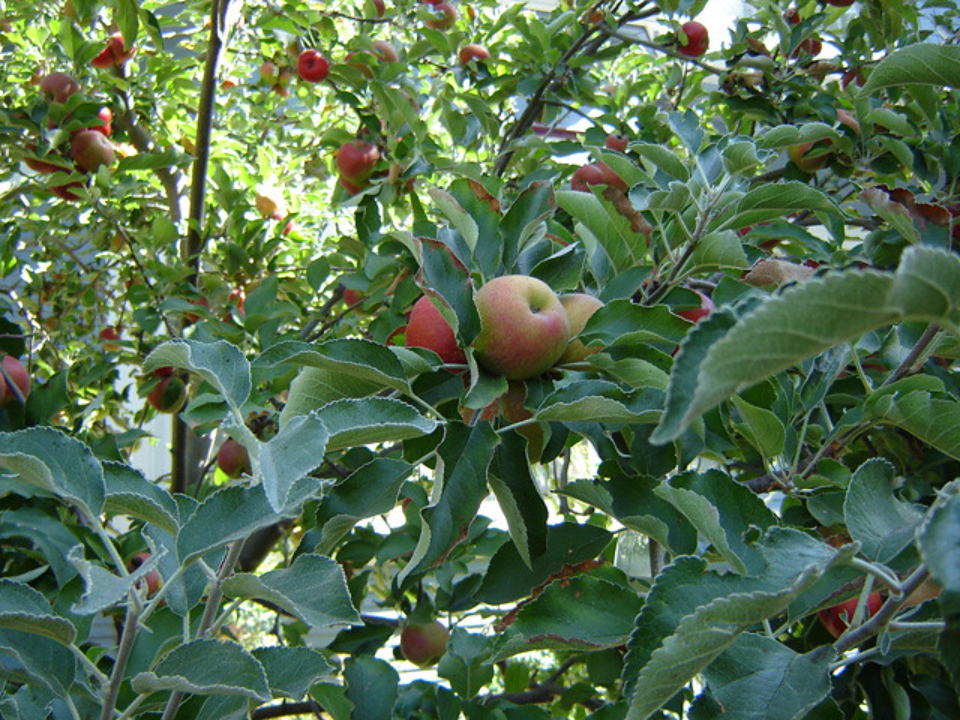
Apples are a popular fruit to grow in cold climates due to their hardiness. Many varieties can tolerate frost and colder temperatures, making them ideal for regions with harsh winters. Some of the best cold-hardy apple varieties include Honeycrisp, Haralson, and Northern Spy. These apples can survive temperatures as low as -30°F, making them a reliable choice for colder areas.
In addition to being cold-tolerant, apples offer many benefits to gardeners. They produce a wide range of flavors, from tart to sweet, and can be used in baking, canning, or simply eaten fresh. Apple trees also provide beautiful blossoms in the spring, adding aesthetic value to your garden. When properly cared for, apple trees can live for many years and provide a bountiful harvest.
Pears
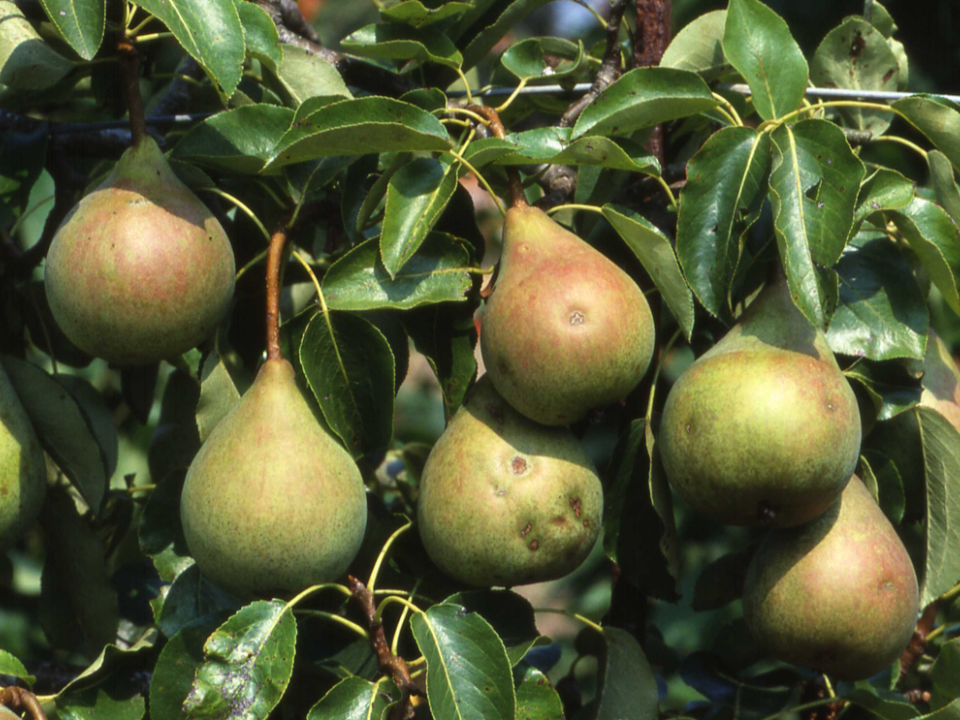
Pears are another fruit that grows well in cold climates, particularly European and Asian varieties. While they may need slightly warmer conditions than apples, some pear trees can handle temperatures as low as -20°F. Bartlett and Bosc pears are two popular choices for colder regions. Pear trees are known for their hardiness and ability to thrive in a variety of soil types.
Pears require a cold period during their dormancy cycle to produce high-quality fruit. They offer a sweet, juicy flavor and can be eaten fresh, canned, or made into jams and jellies. Additionally, pear trees have an attractive appearance, especially when in bloom, and can be a great addition to any orchard or garden. With the right care, pears can be a long-lasting fruit source.
Cherries
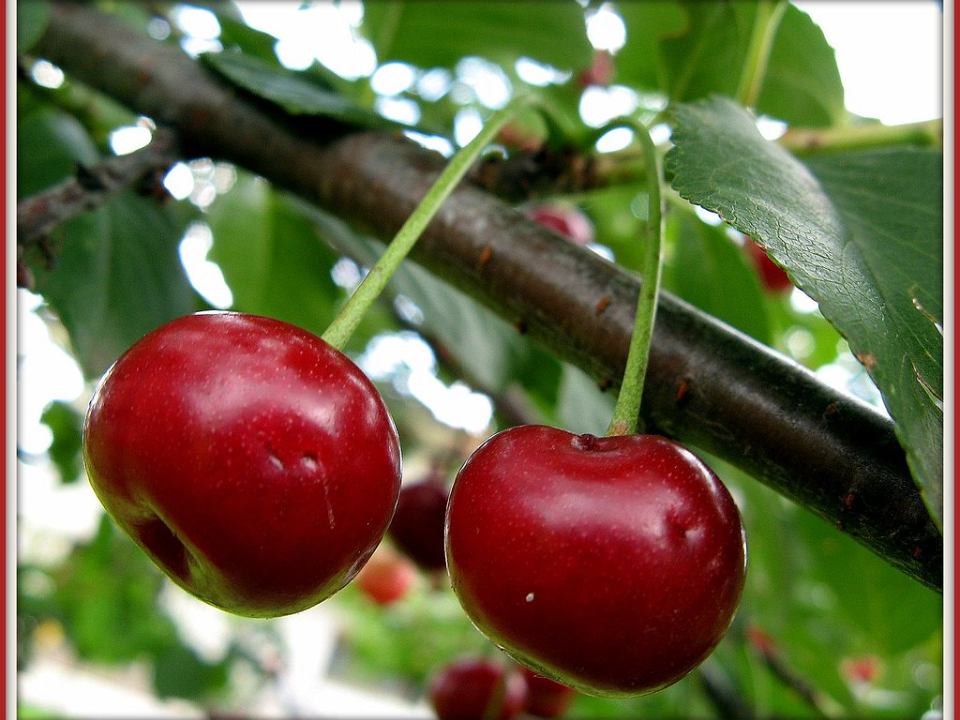
Cherries, especially tart cherries, are ideal for colder climates. Varieties such as Montmorency and North Star are known for their cold resistance and ability to produce fruit even in harsh weather conditions. These trees can survive winter temperatures as low as -20°F. Cherries require a period of cold dormancy and can be grown in regions with a cold winter and a short growing season.
Tart cherries are great for making pies, jams, and juices, while sweet cherries can be eaten fresh or used in desserts. Cherry trees bloom early in the spring and offer beautiful flowers that can brighten any garden. While they may need protection from birds, the sweet or tart fruit they produce is well worth the effort. Growing cherries in cold climates can be a rewarding experience for gardeners.
Plums
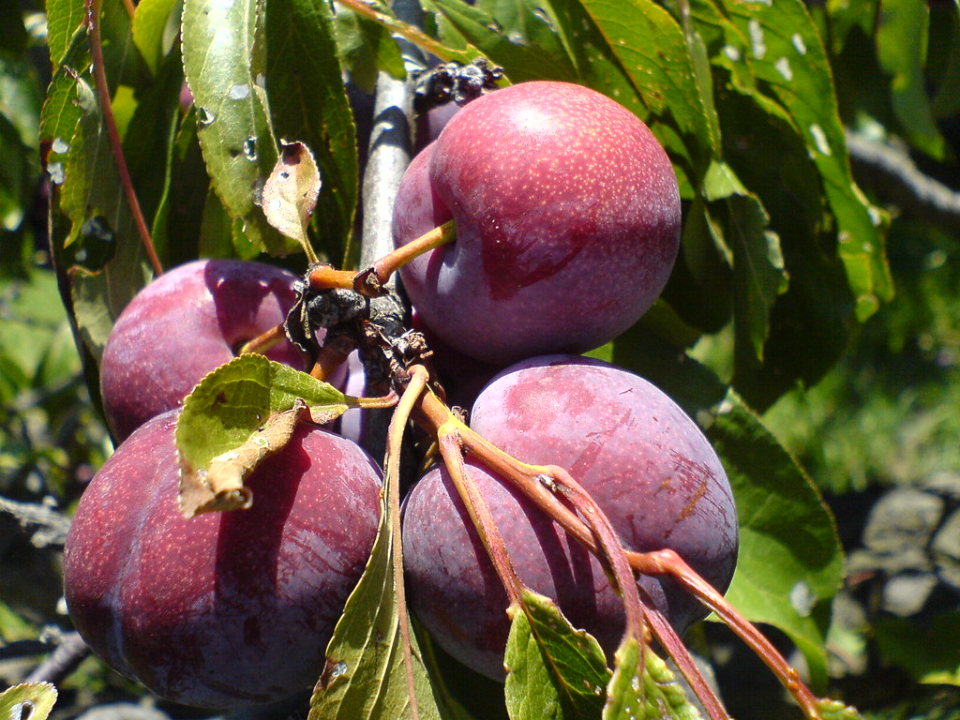
Plums are a versatile fruit that can thrive in cold climates. Many varieties of plums, particularly European types, are well-suited to colder temperatures. Varieties like Stanley and Mount Royal can withstand freezing temperatures and still produce delicious fruit. Plums are often used for fresh eating, baking, or making preserves.
These fruit trees grow quickly and can yield large amounts of fruit in a short period. Plums are not only flavorful but also packed with vitamins and antioxidants. The trees themselves are attractive, with white or pink blossoms in the spring. With proper care, plums can become a staple fruit in colder regions.
Raspberries
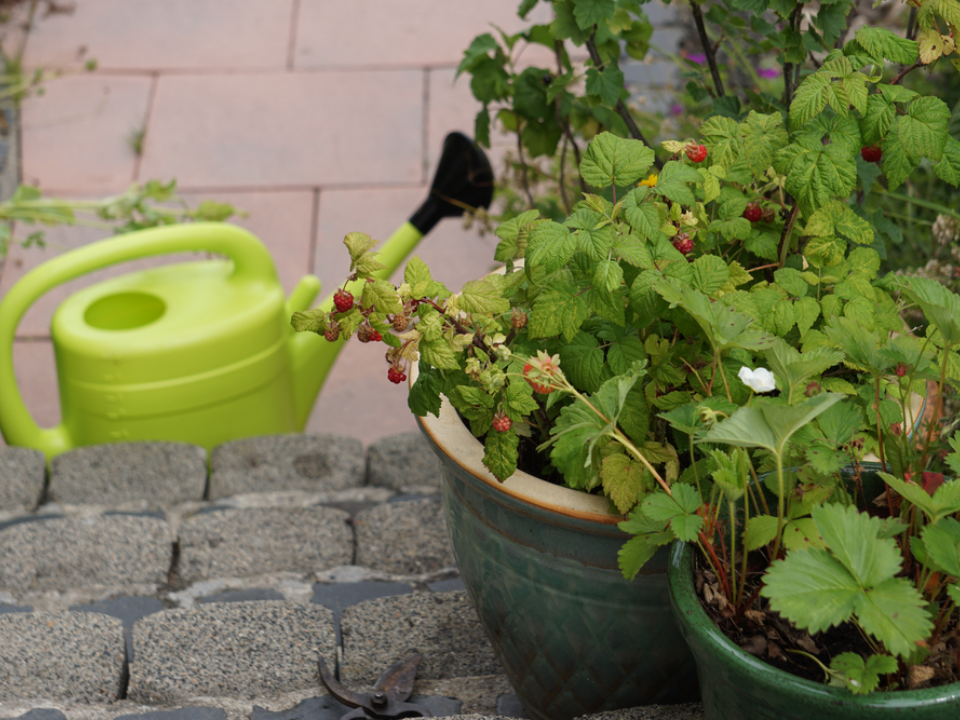
Raspberries are cold-hardy and can thrive in colder climates, making them perfect for gardeners in northern regions. They grow best in USDA hardiness zones 3 through 8 and can survive temperatures down to -30°F. Both red and black raspberries are popular choices for colder climates, with varieties such as Heritage and Boyne being particularly hardy.
Raspberries are great for making jams, jellies, and desserts. They require minimal care and can be grown in small spaces, making them ideal for both large gardens and smaller backyards. Raspberries also provide a healthy source of antioxidants, fiber, and vitamins. Their bushes can be pruned easily, and with proper care, raspberries will provide a consistent harvest each season.
Blackberries
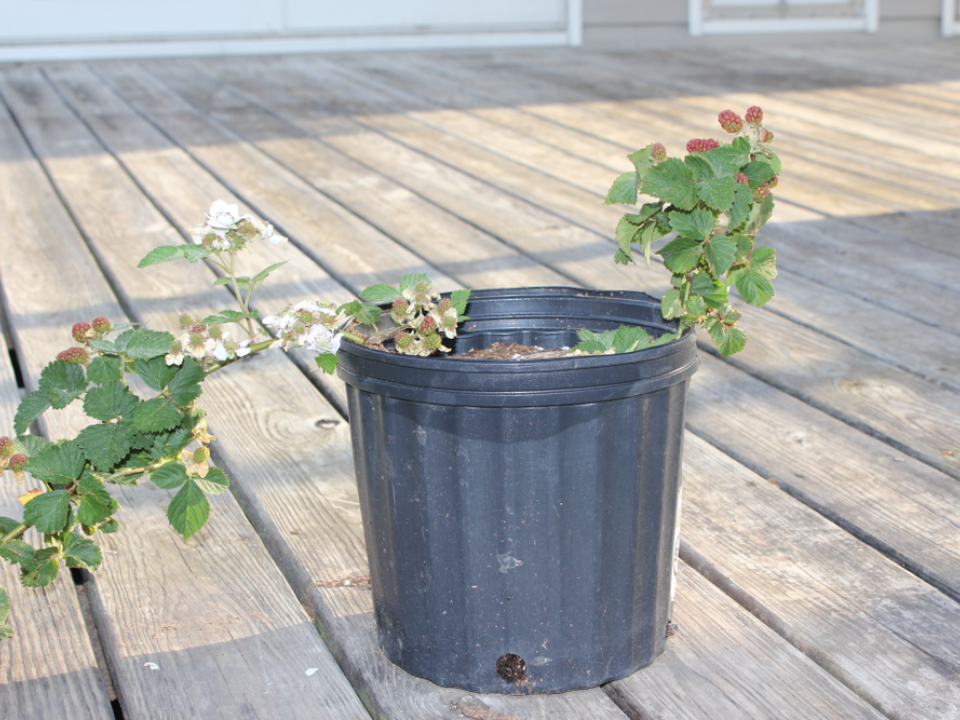
Like raspberries, blackberries are well-suited for cold climates. These plants thrive in areas with cooler temperatures, particularly in zones 4 through 8. Some blackberry varieties, such as Marionberry and Chester Thornless, can survive temperatures as low as -10°F. They require a period of dormancy in the winter, which helps them produce fruit in the warmer months.
Blackberries are versatile and can be eaten fresh, used in desserts, or preserved in jams and jellies. These plants grow as vines and can be trained to grow along fences or trellises, saving space in your garden. Blackberries are also rich in vitamins, fiber, and antioxidants, making them a healthy addition to your diet. The plants are relatively low-maintenance, making them a great choice for gardeners in colder regions.
Gooseberries
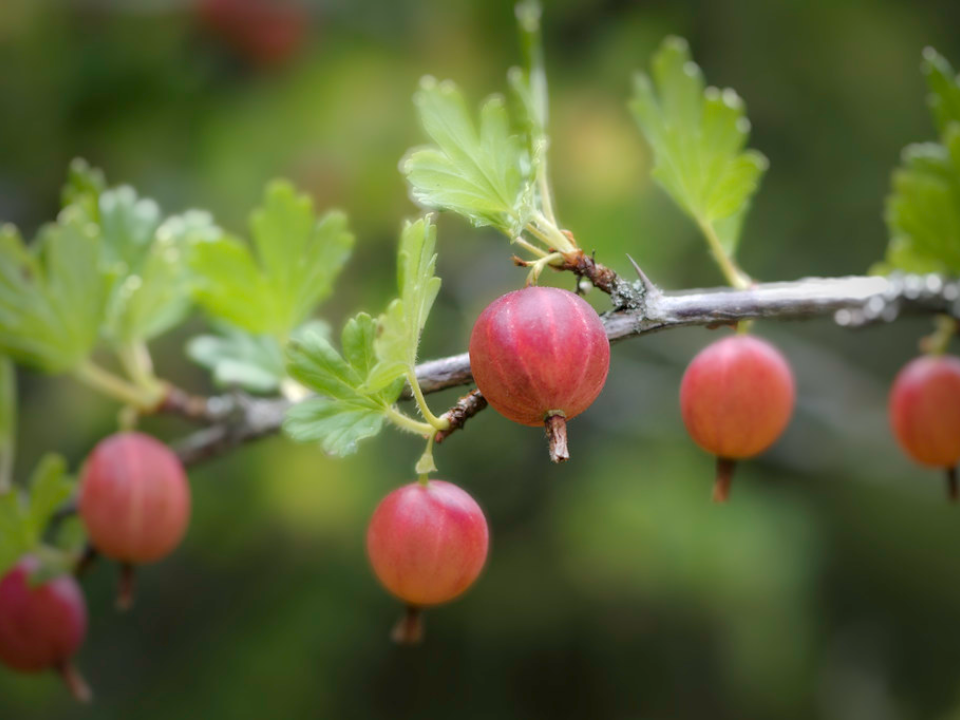
Gooseberries are hardy plants that can survive in colder climates, particularly in regions with long, cold winters. They can grow well in USDA hardiness zones 3 to 7 and can withstand temperatures as low as -30°F. There are various types of gooseberries, including green, red, and yellow varieties, each offering a different flavor profile.
Gooseberries are commonly used in jams, jellies, and pies. They have a tart taste that adds depth to many dishes. These plants grow in both bush and vine forms, and their green or red berries ripen in mid-summer. Gooseberries are an excellent source of vitamin C and antioxidants, providing multiple health benefits while being easy to grow in colder climates.
Currants
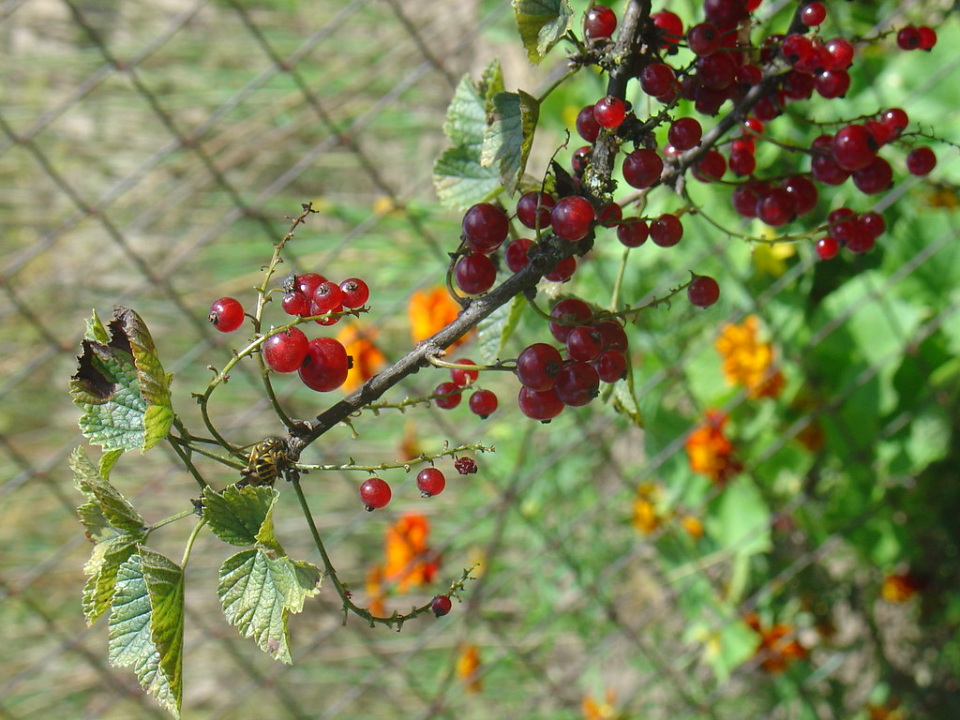
Currants are another fruit that thrives in cold climates. These small berries come in red, black, and white varieties, each offering a different flavor. Currants grow well in USDA hardiness zones 3 to 7 and can withstand temperatures down to -30°F. They are often used in jams, jellies, syrups, and baked goods.
Currant bushes are easy to care for and can be grown in a variety of soil types. They also produce beautiful flowers in the spring, adding visual appeal to your garden. These berries are rich in vitamin C and antioxidants, making them a healthy addition to your diet. Currants are low-maintenance and can produce a bountiful harvest with minimal effort.
Elderberries
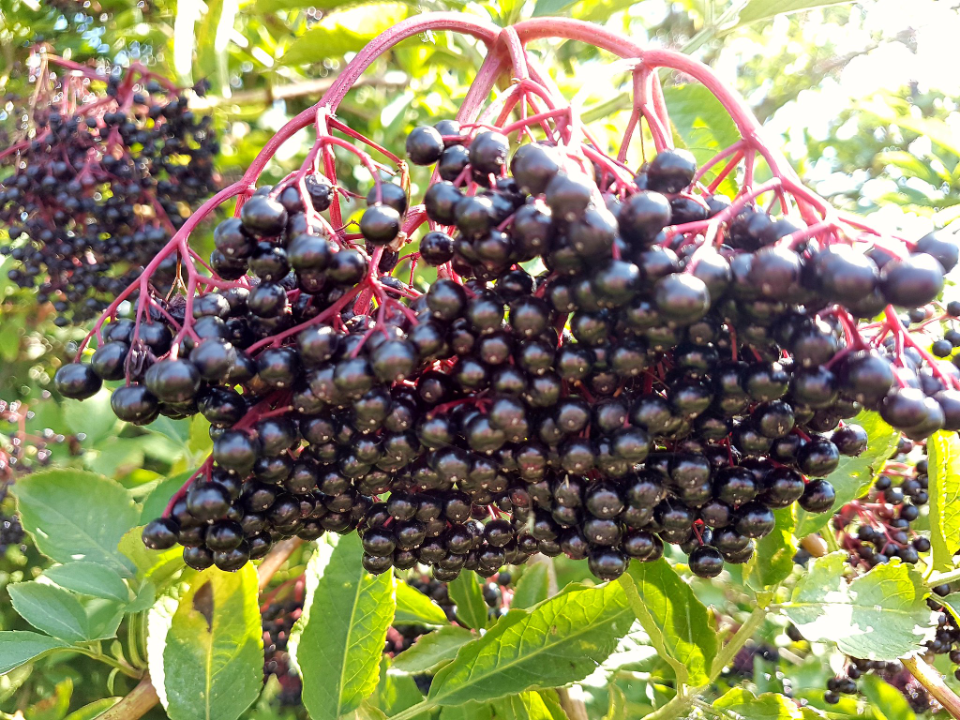
Elderberries are cold-hardy plants that can thrive in USDA hardiness zones 3 to 7. They are well-suited for colder regions and can tolerate temperatures as low as -30°F. Elderberries are often used to make syrups, jams, and wines, and their berries are known for their health benefits, particularly for boosting the immune system.
Elderberry bushes are fast-growing and can produce a significant amount of fruit in a short period. The flowers of the elderberry plant are fragrant and attract pollinators, adding beauty to your garden. While elderberries are beneficial, the raw berries should not be eaten, as they can cause stomach discomfort. Cooking the berries makes them safe for consumption.
Quinces
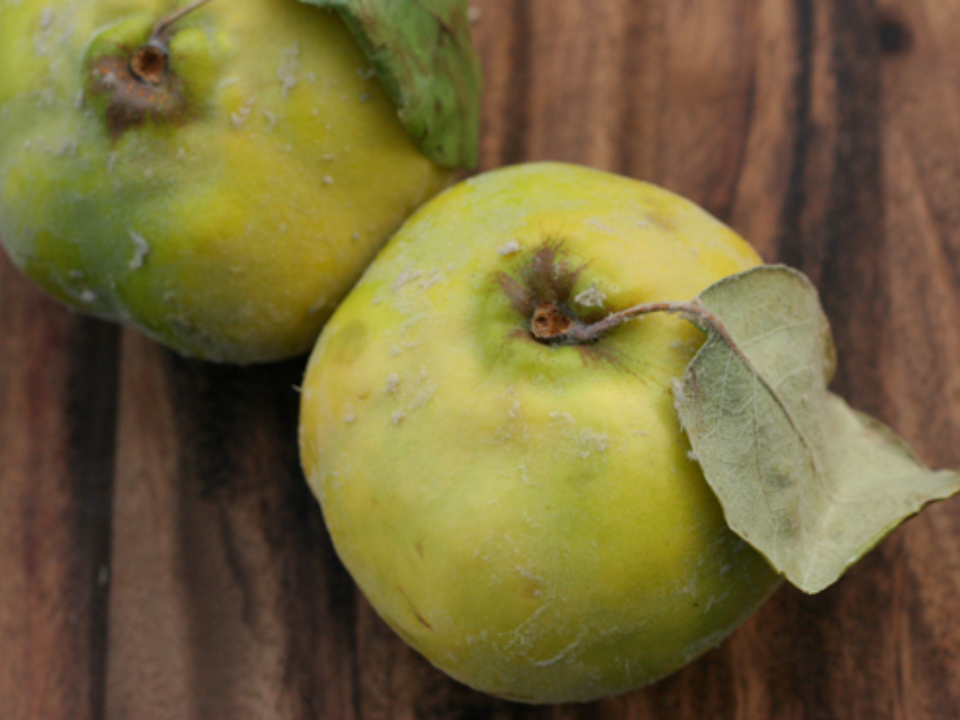
Quinces are hardy fruit trees that can grow in cold climates. These trees can tolerate temperatures down to -20°F, making them a good choice for gardeners in colder regions. Quinces are often used to make jams, jellies, and sauces due to their tart flavor. While not commonly eaten raw, they are widely appreciated for their culinary uses.
The quince tree is easy to care for and produces fruit that is rich in vitamins and antioxidants. The blossoms of the quince tree are also beautiful, adding a touch of color to your garden in the spring. Quinces require a warm growing season to ripen fully, but they can survive in cold temperatures during the winter months. With the right care, quince trees can become a valuable addition to any cold climate garden.
Strawberries
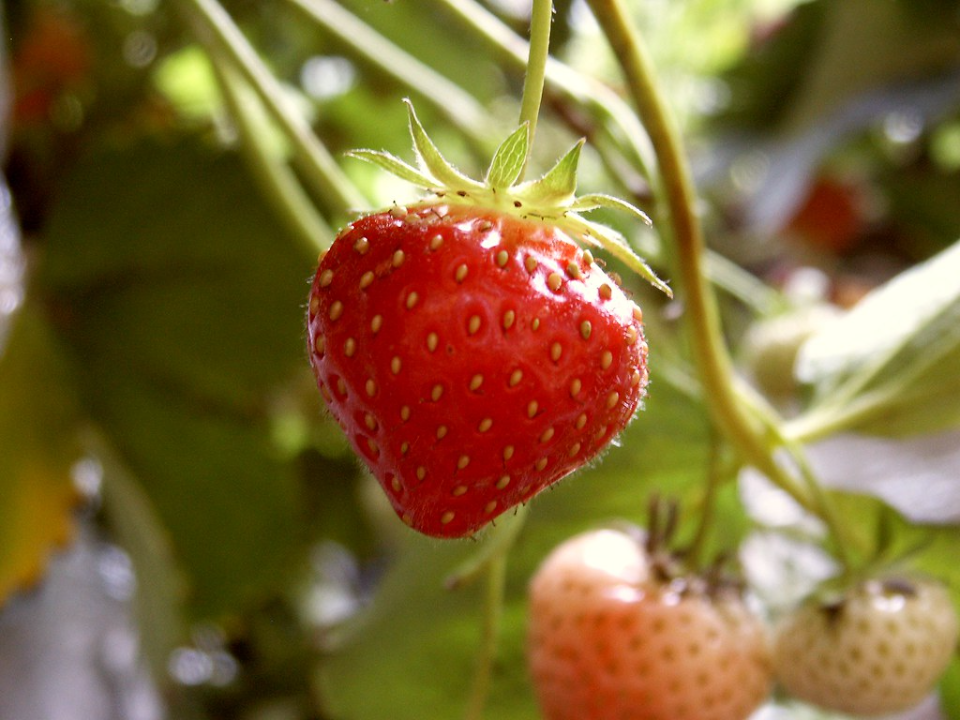
Strawberries are another popular fruit that grows well in cold climates. Varieties such as June-bearing and ever-bearing strawberries can withstand colder temperatures and produce fruit in the spring and summer. These plants grow well in USDA hardiness zones 3 to 8, making them suitable for most cold regions.
Strawberries are great for making jams, pies, or simply enjoyed fresh. They are low-maintenance plants that can be grown in raised beds, containers, or traditional garden rows. Strawberry plants can provide fruit for several years if properly cared for and are a great option for cold-climate gardens. They are also packed with vitamins and antioxidants, making them a healthy addition to your diet.
Kiwi
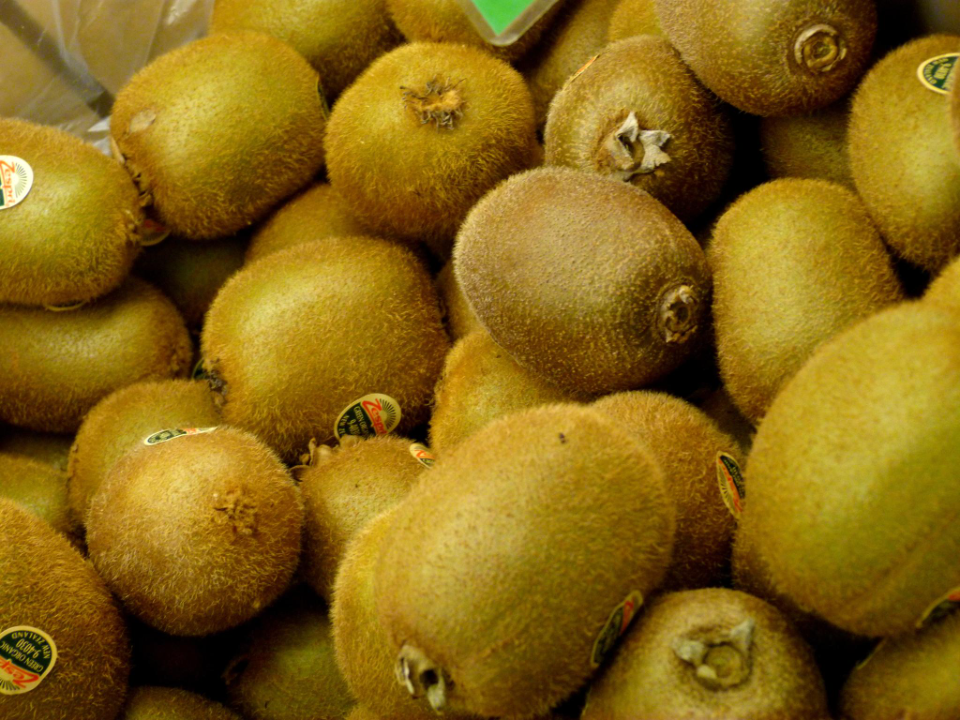
Kiwi vines can grow in colder climates, particularly hardy varieties such as Arctic Kiwi or Hardy Kiwi. These plants are capable of surviving temperatures as low as -25°F and can be a great choice for cold-weather gardeners. While kiwis typically prefer warmer climates, cold-hardy varieties have been bred to thrive in colder conditions.
Hardy kiwi vines grow quickly and can yield small, fuzzy fruit with a sweet flavor. The plants produce attractive white flowers in the spring, adding beauty to your garden. Kiwi vines require a bit of space to grow, as they can spread over fences or trellises. With the proper care, kiwis can be a unique and rewarding fruit to grow in colder climates.
Grapes
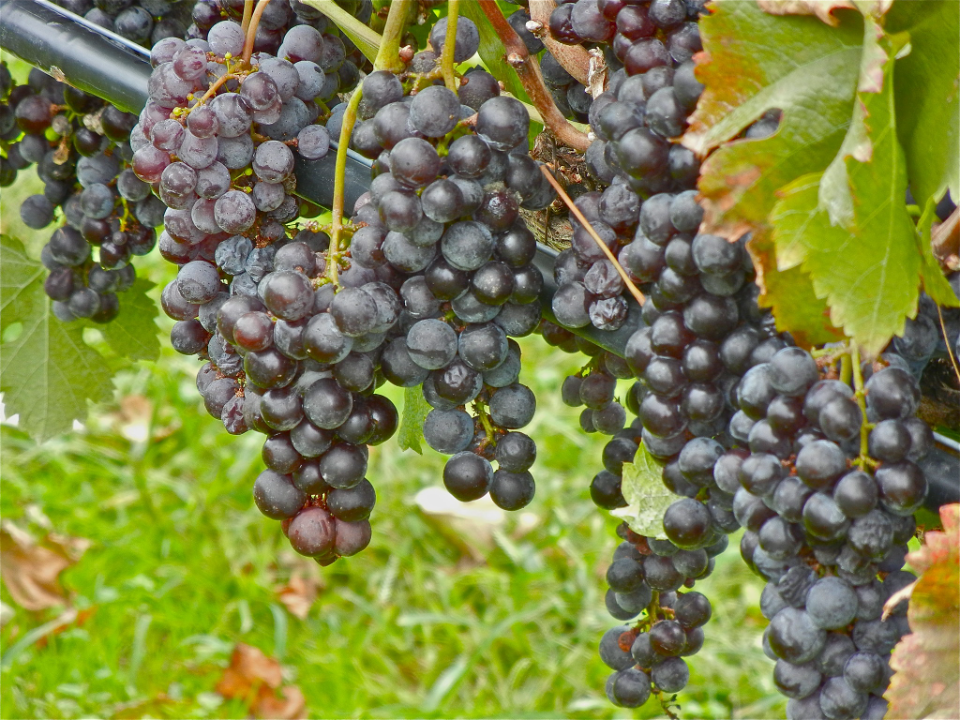
Grapes, particularly cold-hardy varieties like Concord and Marquette, can grow in colder climates. These varieties are suitable for USDA hardiness zones 3 to 5 and can withstand cold winters. Grapevines require a period of dormancy in the winter to thrive, making them well-suited for colder regions.
Grapevines produce delicious fruit that can be eaten fresh, made into wine, or used in cooking. The vines also produce fragrant flowers in the spring, attracting pollinators to your garden. While grapevines require some attention and space, they are relatively low-maintenance and can provide a bountiful harvest for many years. With the right care, grapevines are an excellent choice for gardeners in cold climates.
Cranberries
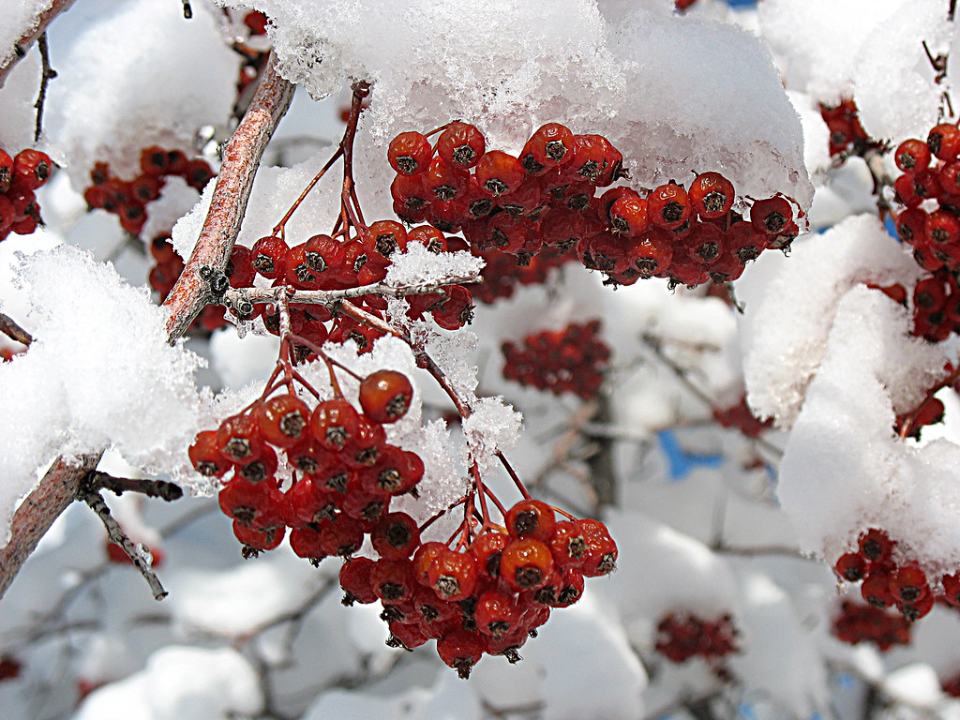
Cranberries are perfect for cold climates and grow well in boggy or acidic soils. These plants are hardy to freezing temperatures and can thrive in regions with cold winters. Cranberries require a period of dormancy during the winter to produce fruit in the summer. The berries are used in juices, sauces, and desserts and are packed with antioxidants.
Cranberry vines are low-growing and can spread over the ground, making them easy to manage in the garden. They are also an attractive addition to any garden with their small, red berries. Cranberries require minimal maintenance once established, making them a low-effort fruit option.
Hazelnuts
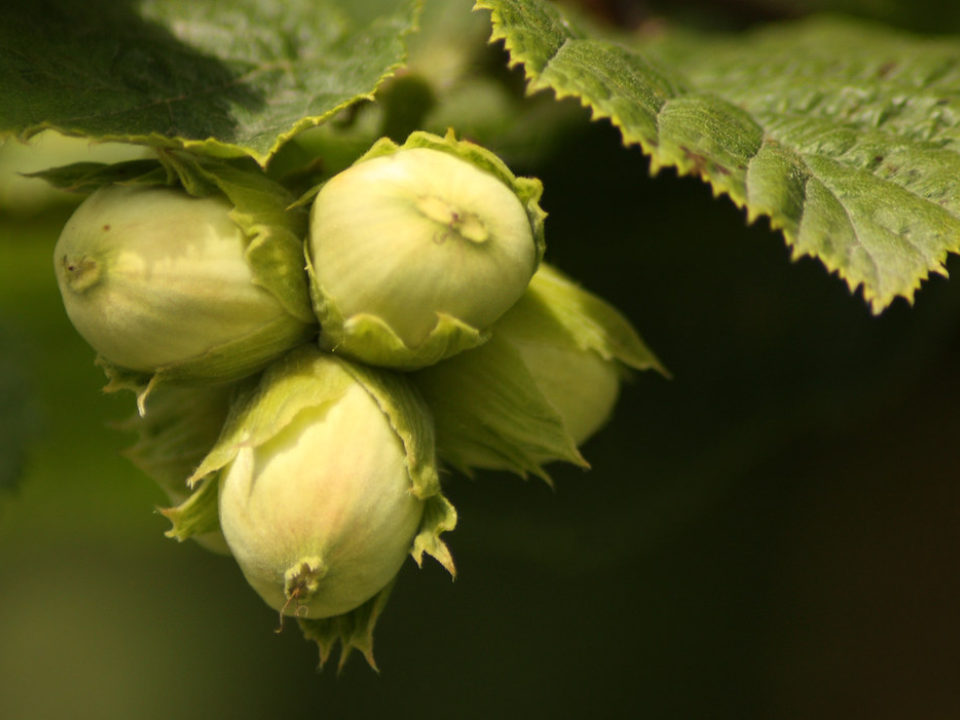
Hazelnuts, or filberts, are hardy trees that can withstand cold temperatures. These trees thrive in zones 4 through 7 and can survive temperatures as low as -20°F. Hazelnuts are used in baking, cooking, or eaten as snacks. The trees are relatively low-maintenance and can produce a steady harvest of nuts in late summer or early fall.
Hazelnut trees have attractive foliage and can provide shade to other plants in the garden. They are also an excellent source of healthy fats and protein. Hazelnuts are self-pollinating, meaning you do not need multiple trees to yield fruit.
Apricots
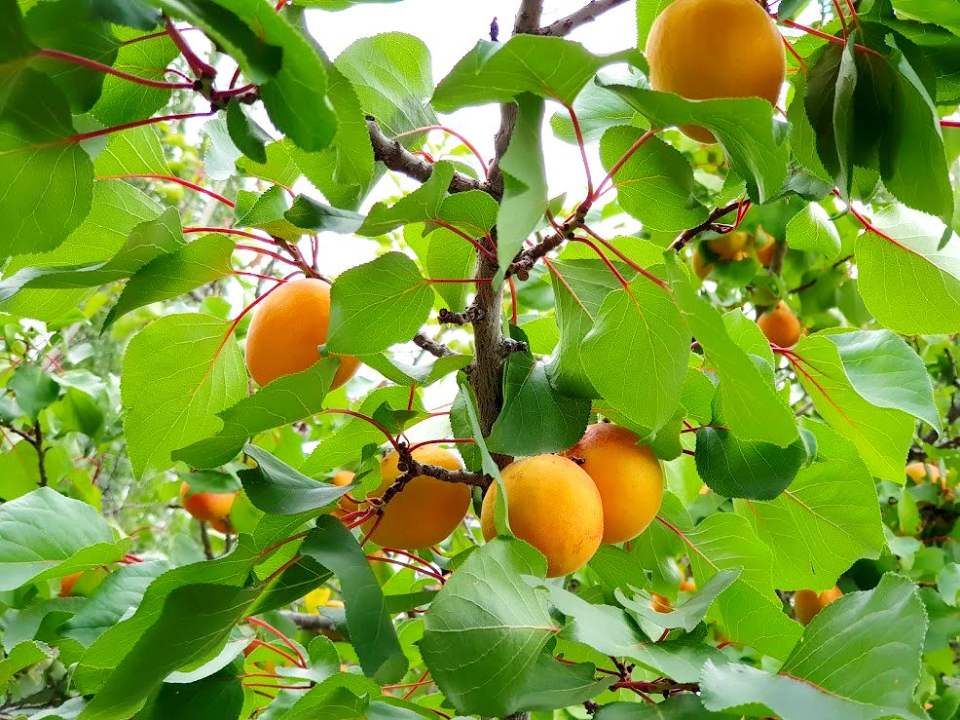
Cold-hardy apricot varieties, such as Tilton and Moorpark, can thrive in cold climates. These trees can tolerate temperatures down to -20°F and produce sweet, fragrant fruit. Apricots are perfect for fresh eating, making jams, or baking. The trees bloom early in the spring, offering a beautiful display of flowers before the fruit appears.
Apricot trees require well-drained soil and plenty of sunlight to thrive. They are easy to grow and can provide a bountiful harvest in the summer. Apricots are also rich in vitamins A and C, offering numerous health benefits.
Medlar
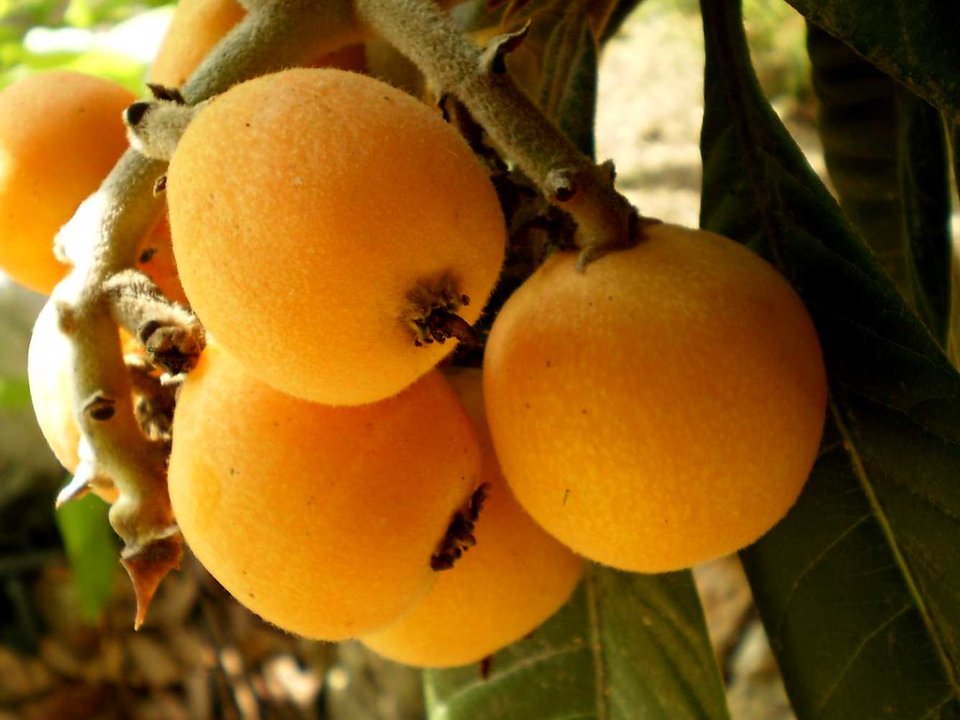
Medlar trees are well-suited for colder climates and can tolerate temperatures as low as -10°F. These trees produce small, round fruits that are eaten when they are “bletted,” or softened by frost. Medlar fruit has a unique flavor, often described as a mix of apples, pears, and dates. The trees bloom with beautiful white flowers in the spring, adding to the garden’s charm.
Medlar trees are relatively low-maintenance and do not require much care once established. The fruit ripens in late fall, making it a great addition to a cold-climate garden. Medlars are often used in jams, jellies, and preserves.
Mulberries
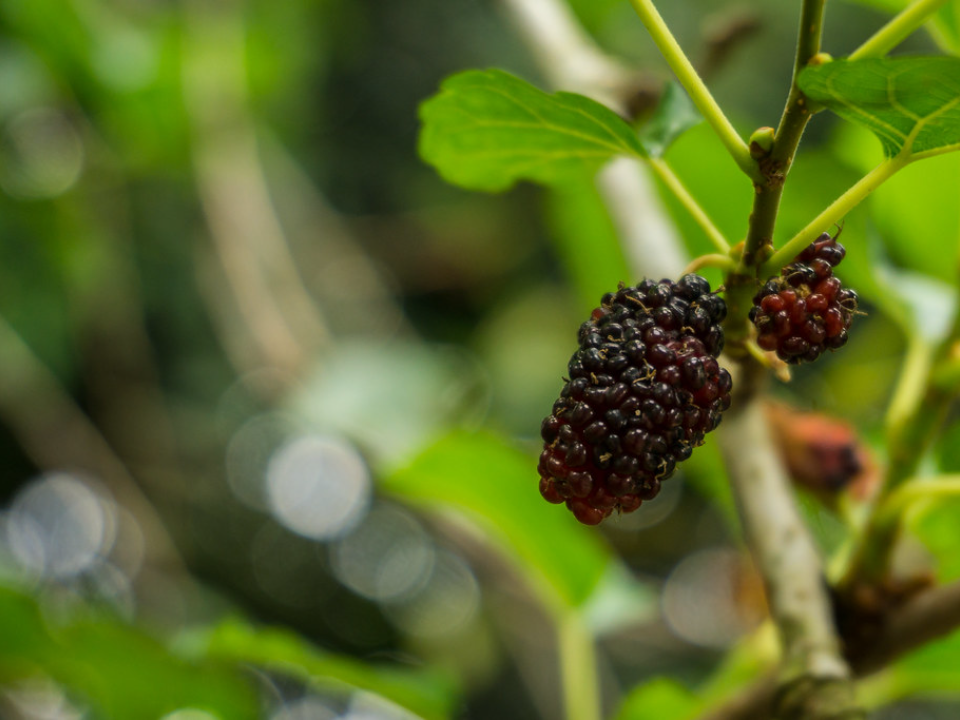
Mulberry trees are hardy and can thrive in cold climates. They produce small, sweet fruit that can be eaten fresh or used in baking and preserves. The trees are easy to grow and can tolerate a wide range of soil conditions. Mulberry trees also grow quickly, providing fruit in just a few years. The trees are low-maintenance and can live for many years, providing a consistent harvest.
Mulberries are rich in vitamins, minerals, and antioxidants, making them a healthy addition to any garden. Their attractive, large leaves also make them a beautiful part of the landscape.
This article originally appeared on Avocadu.
